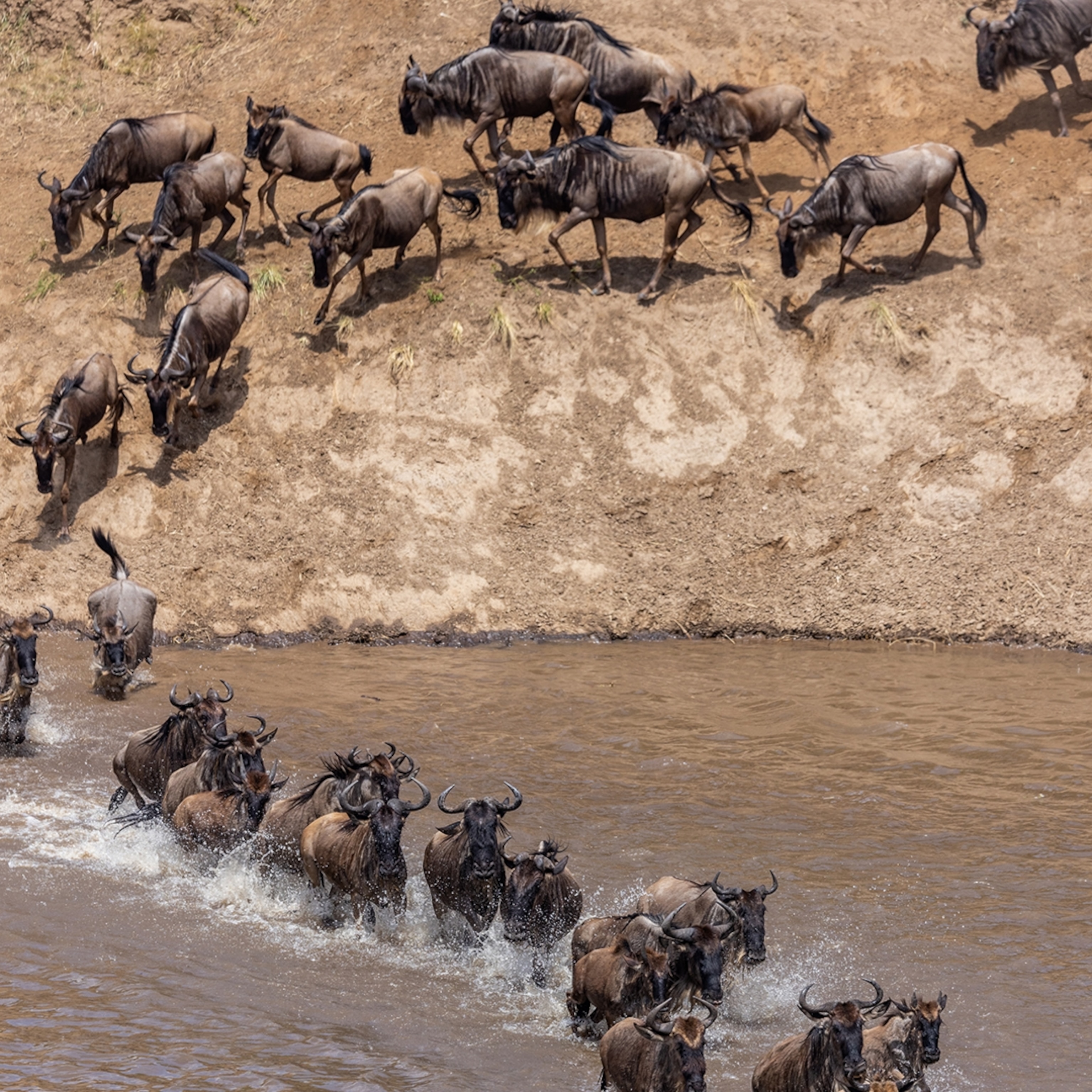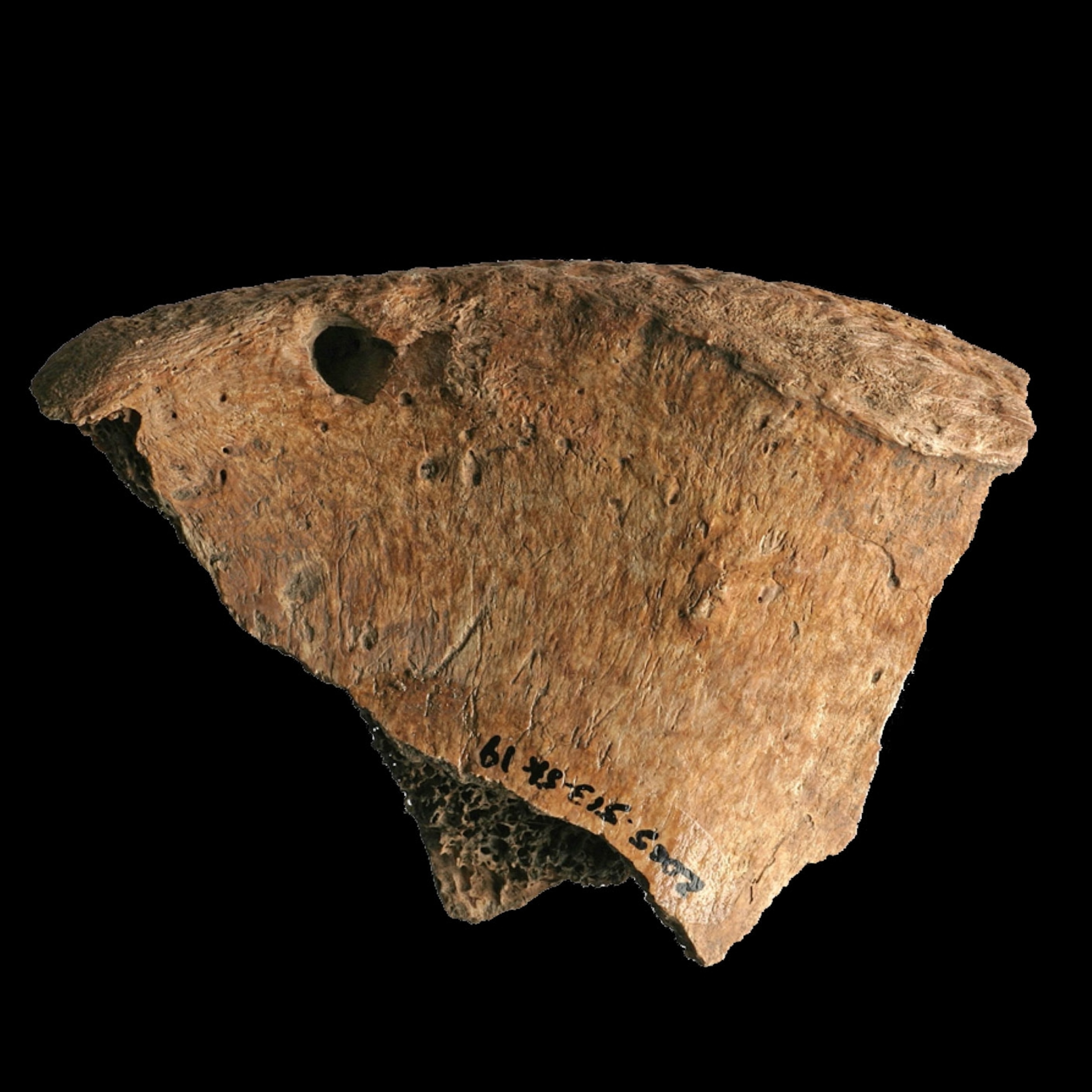
A closer look at lion evolution offers hope for saving the big cats
For the first time, scientists sequenced the genomes of 20 individual lions, including extinct cave lions, revealing insights into their family tree.
Thirty-thousand years ago, different types of lions prowled the globe, hunting prey on four continents. One of the most prolific, the cave lion, roamed from Spain all the way through Eurasia and into modern-day Alaska and the Yukon and was widely depicted in prehistoric cave art.
Meanwhile, the American lion, which was even larger than African lions and saber-toothed tigers, lurked throughout North America and possibly parts of South America. Other lions of various sizes and appearances inhabited Africa, the Middle East, and India. Most of these creatures have since disappeared, but scientists have been able to glean genetic clues that shed new light on them and offer insights into their modern cousins, which now facing their own extinction.
Over the past 150 years, the global population of African lions has declined by more than 20-fold to fewer than 25,000, mostly due to hunting and habitat loss. Roughly 600 Asiatic lions remain in India.
To help save the world’s remaining lions and better understand how the different types are related, an international team of scientists created complete genomes of 20 individual lions, 14 of which died long ago, including two 30,000-year-old cave lions preserved in permafrost in Siberia and the Yukon.
In the study, published May 4 in Proceedings of the National Academy of Sciences, researchers discovered that cave lions didn’t interbreed with other types of lions, found that Asiatic lions split off from their ancestors about 70,000 years ago, and other secrets of the big cat’s evolution.

The paper “looks into the past to inform the future,” says co-author Ross Barnett, a geneticist with the University of Copenhagen. “If you were to just look at the lions around today, you’d miss the story.”
Out of Africa
The study’s results support the idea that lions radiated out of Africa in a series of migrations, somewhat analogous to humans, Barnett says.
Cave lions came out first, splitting from their African kin about 500,000 years ago, according to the paper. These lions then evolved slightly different characteristics. For example, we know “from good cave art in Europe that the males didn’t have manes,” Barnett says. They spread throughout Eurasia, and into North America.
Surprisingly, though, cave lions and ancestors of today’s African lions didn’t interbreed, the genetic analysis reveals. That’s odd because most big cats are known to occasionally mate when given the chance—even very different animals, like lions and tigers, says study co-author Marc de Manuel, with the Institute of Evolutionary Biology in Barcelona.
It seems likely, then, that there was something preventing them from mixing—and not just geography, since their ranges overlapped for a while in southwestern Asia.
Barnett says this may have been because cave lions did not have manes, which female African lions recognize as important signals of fitness and virility. Possibly, then, other types of lions didn’t view the male cave lions as viable mates, he says. (Read about a rare lion with a black mane.)
Another migration and separation occurred when the ancestors of Asiatic lions split off about 70,000 years ago. These lions once ranged from Saudi Arabia to India. Now, the small, isolated population in western India's Gir Forest is all that’s left, says Steve O’Brien, a research scientist with Nova Southeastern University.
Thanks to conservation efforts, the population has expanded nearly threefold since the 1990s, but the population is highly inbred, with a low level of genetic diversity. As a result, male Asiatic lions have malformed sperm and testosterone levels about 10 times lower than those of African lions, O’Brien says.
It will perhaps be necessary one day to introduce fresh genes into the population if more genetic diversity is lost, but that could be politically difficult and controversial, Barnett says. (Read more about Asiatic lions and their recovery.)
Extinct cats
As part of the study, the researchers assembled genomes of individuals from three other extinct lineages: Barbary lions of North Africa; Middle Eastern lions; and Cape lions of South Africa. All three had slight variations in appearance, though the new genetic information shows they don’t qualify as different species.
Their work mostly supports the current dominant view that there two lion subspecies: Asiatic lions and the populations in Central and West Africa are currently classified together as Panthera leo leo, and the animals in East and South Africa are known as Panthera leo melanochaita. However, the paper suggests the Central African lions, of which there are only a couple hundred remaining, may be more closely related to East and Southern African lions, though more work is needed to confirm that finding.
Scientists have suggested reintroducing lions to West Africa, where they're critically endangered; there are only about 400 remaining.
Because West African lions are most genetically similar to the extinct Barbary lions, the study found, West Africa could provide a good source population if any reintroduction efforts gained momentum—though that is a still an unlikely scenario.
Preventing lion loss
In the past, lions were widespread and, apart from the cave lions, different populations intermingled enough to spread around genes, which is crucial to the species' long-term health.
This study reinforces the importance of having large protected areas of contiguous habitat to allow gene flow and protecting animals from hunting, the authors say. It also adds urgency to conserving lions and protecting against future losses.
One sobering takeaway: The paper shows that Barbary lions had relatively healthy levels of genetic diversity before disappearing, suggesting that their extinction happened quickly in evolutionary terms, de Manuel says—a possible outcome for the lions of today if their conservation isn’t prioritized.







